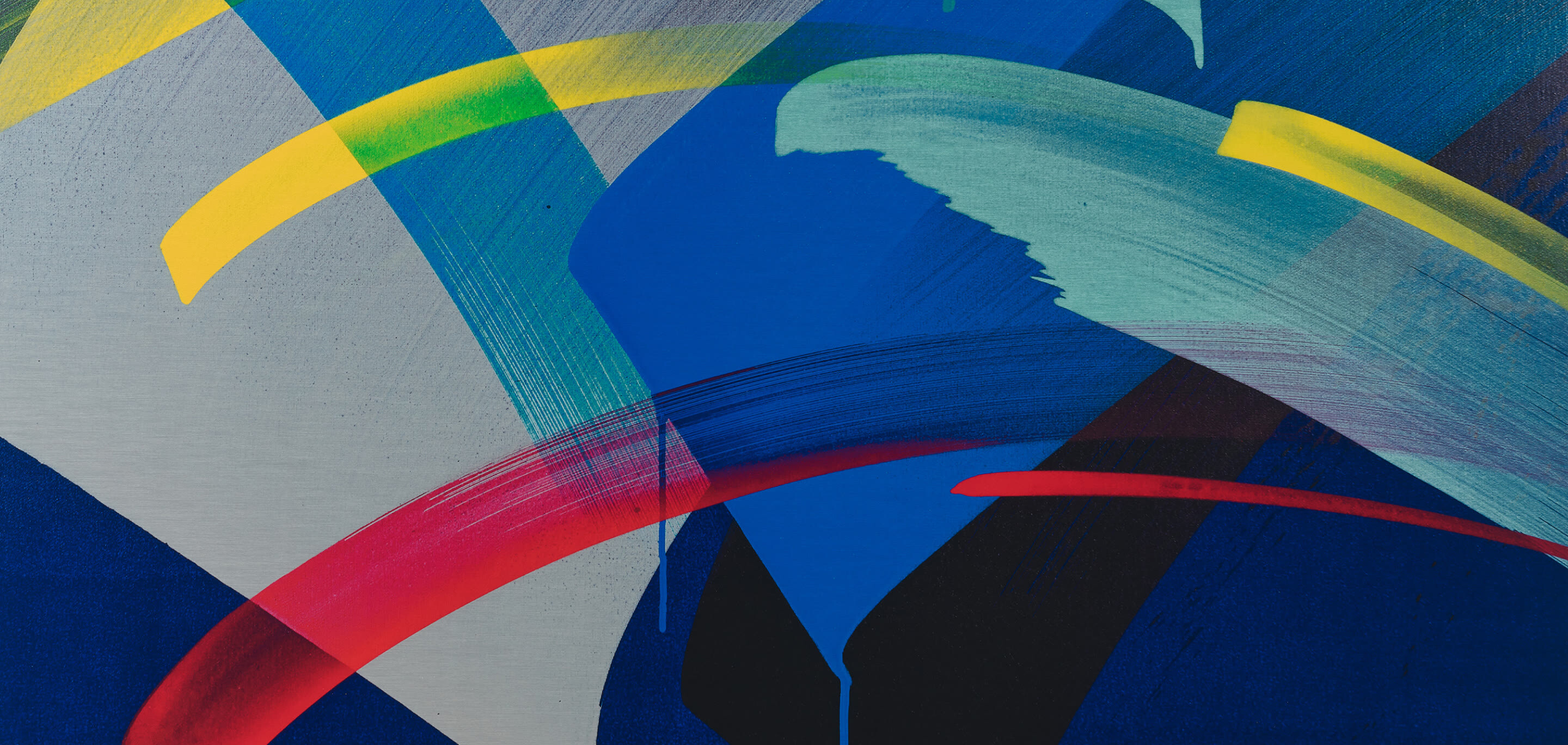Nigerian Modernist Bruce Onobrakpeya Enjoys International Success Late in His Career
2 min read · 15 May 2023

Bruce Onobrakpeya, The Lord Is My Shepherd (2021). Copyright the artist. Photo courtesy of The Hourglass Gallery
Veteran Nigerian artist Bruce Onobrakpeya's HENI Score—a unique artist’s sentiment index—has increased a spectacular 140%, boosted by his first solo US museum exhibition.
Onobrakpeya, who was born in 1932, is one of Nigeria's most celebrated Modernist painters, sculptors and printmakers. He is also a vocal campaigner for the return of art looted from Benin and against unregulated oil drilling in his country.
At the High Museum of Art in Atlanta's exhibition, “The Mask and the Cross” (April-July 2023), curators focus on the artist’s work from the late 1960s and 70s when he first married Nigerian tradition, folklore and cosmology with stories from the Bible. At that time he developed his signature “deep etchings”, a format inspired by the sculptural qualities of metal printing plates. He has also created shrinelike installations inspired by his Urhobo community's spiritual traditions, sometimes drawing attention to the enviromental issues they face.
Collectors’ interest in Onobrakpeya’s work, along with other examples of African Modernism, is growing, although recent auction sales have been modest. They have totaled around $80,000 over the past two years but his 1962 painting Zaria Indigo sold for $81.300 at Bonhams in 2020.
The artist is represented by The Hourglass Gallery, Lago, where his work can be found on offer for $6,000 to $10,000. Onobrakpeya’s deep etchings are also available at Lago-based SMO Contemporary Art. New York's Skoto Gallery also works with the artist.

Bruce Onobrakpeya. (1995-2007). Copyright the artist. Photo courtesy of SMO Contemporary Art
A co-founder of the Zaria Art Society in the 1960s, its members became known as the “Zaria Rebels”. After the country gained independence following colonial rule, the young artists advocated combining traditional Nigerian art with influences from the West to create a distinctive art of their own. Unlike several of his contemporaries, Onobrakpeya stayed in Lagos.
The artist told Africa Art Report magazine about a turning point early in his career. Two US diplomats, Jean and Dick Wolford, spotted his work and gave him a solo shows in Lagos. They had a gallery that opened every Thursday, organizing what was known as the Thursday Show. “I found out the small artworks I was doing were sold and even at the end of the month, my teaching] salary was a tiny fraction of this. It was at this point that I decided that if I went ahead and developed myself as an artist, there was light at the end of the tunnel,” Onobrakpeya recalled.
To find out more about Bruce Onobrakpeya, see his HENI Dashbord. A unique feature of HENI News, HENI Dashboards allows you to discover thousands of artists who you may not be familiar with along with well-known names.


Get the HENI News Daily Art Digest delivered to your inbox